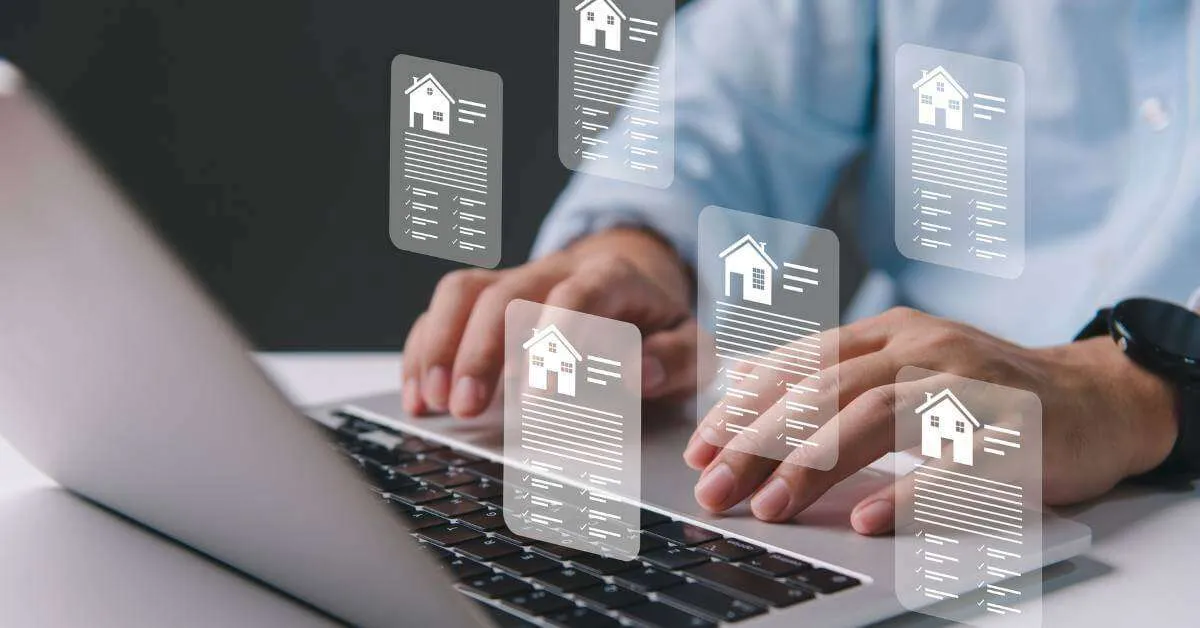The property management industry isn’t what it used to be. The old model of collecting rent, fixing leaky pipes, and occasionally inspecting a building has evolved into something far more dynamic and data-driven. Today, commercial property managers are acting as strategic partners who blend financial acumen, sustainability insights, and technology fluency to maximize property value.
Here’s what’s changed—and why it matters more than ever in 2025.
The Shift From Maintenance to Asset Optimization
Property management used to be reactive—responding to maintenance calls, balancing tenant concerns, and ensuring compliance. That model is obsolete. The modern approach focuses on asset performance: reducing operating costs, increasing energy efficiency, and improving long-term returns.
Managers now rely on predictive analytics and smart sensors to anticipate maintenance issues before they occur. By analysing usage data from HVAC systems or lighting controls, they prevent breakdowns and extend equipment lifespan. The result is not just lower expenses but also a healthier, more sustainable environment for tenants.
Data Is the New Foundation
Gone are the days when property reports lived in spreadsheets or filing cabinets. In 2025, data is the backbone of decision-making. Managers use integrated dashboards to track occupancy trends, rent roll projections, and energy consumption in real time.
This shift enables a more transparent relationship between owners and managers, as every decision—from capital improvements to tenant incentives—is backed by measurable insights. Access to real-time metrics also empowers property managers to benchmark performance against market averages or regional competitors.
For example, analytics platforms like Building Engines and MRI Software help automate these insights, showing exactly where operational inefficiencies lie.
Sustainability Isn’t Optional Anymore
Environmental, Social, and Governance (ESG) considerations are no longer “nice to have.” Property owners expect their management partners to lead sustainability initiatives. Managers are incorporating energy audits, waste reduction programs, and green certifications into everyday operations.
Green leases, once rare, are now standard practice. These agreements align tenants and landlords on sustainability goals—sharing both costs and benefits of eco-friendly upgrades. The push for carbon neutrality is driving investment in technologies like smart thermostats, LED retrofits, and solar panels.
Reports from the Canada Green Building Council show that energy-efficient buildings can cut operating costs by up to 30%, making ESG alignment a financial decision as much as an ethical one.
The Rise of Tenant Experience Platforms
Tenant satisfaction is now a performance metric, not a by-product. In 2025, property managers are treating tenants like customers—tracking satisfaction scores, implementing loyalty programs, and communicating through mobile apps rather than emails or bulletin boards.
Cloud-based tenant experience platforms such as HqO or Equiem allow occupants to book amenities, request maintenance, and receive building updates instantly. For commercial spaces where high retention means steady revenue, this digital transformation has become essential.
The focus has shifted from “occupancy” to engagement. Managers now ask: how can we make tenants want to renew?
Automation and AI Have Taken Over Routine Work
Automation is freeing up time for strategy. AI chatbots handle maintenance requests, lease reminders, and even initial tenant screening. Machine learning models predict when rent collection delays might occur or when a tenant is likely to churn.
This doesn’t mean fewer jobs—it means more strategic roles. Property managers can now spend time negotiating better vendor contracts, forecasting market shifts, and identifying portfolio-wide efficiencies.
Automation tools like Yardi Breeze or AppFolio have become the industry standard for streamlining accounting, reporting, and communication.
Flexible Leasing Models Are Reshaping the Market
The traditional long-term lease is giving way to flexible arrangements that reflect post-pandemic realities. Many tenants, especially startups or hybrid workplaces, now demand shorter lease terms, shared amenities, and adaptable space configurations.
Managers are rethinking how they monetize space—introducing co-working areas, hot-desking options, and flexible retail pop-ups to keep occupancy high. This shift requires constant recalibration of rent structures, insurance coverage, and maintenance scheduling.
It’s a balancing act: maintaining profitability while accommodating tenants who prioritize flexibility over permanence.
Tech-Enabled Inspections and Remote Monitoring
Inspections no longer require clipboards or manual checklists. Drones, IoT devices, and mobile apps enable real-time monitoring of large commercial properties. A manager can detect a roof leak, HVAC anomaly, or access control failure remotely, saving both time and potential losses.
AI-based image recognition tools now identify damage or wear on structural components during drone inspections. Combined with digital twins—3D models of buildings that simulate real-world performance—this technology allows proactive decision-making at scale.
The goal isn’t just surveillance; it’s preventive intelligence.
Financial Transparency and Investor Reporting
Investors want visibility. Property managers are meeting that demand with advanced financial dashboards that track cash flow, net operating income, and capital expenditure in real time.
Blockchain-based ledgers are even entering the conversation for lease management and transaction verification, ensuring accuracy and reducing disputes.
By providing owners with live performance updates and audited data trails, managers are turning financial reporting into a value-added service rather than a compliance exercise.
Collaboration Across the Supply Chain
Modern property management is deeply collaborative. Managers are now working directly with contractors, sustainability consultants, and tech vendors as part of integrated service networks.
Instead of outsourcing tasks piecemeal, they oversee end-to-end processes—from design upgrades to waste recycling programs. This integrated model improves accountability and ensures every partner aligns with the property’s performance and sustainability targets.
In many ways, the property manager has become the conductor of a multidisciplinary orchestra, ensuring that every stakeholder plays in harmony toward a single goal: maximizing asset value.
Looking Ahead
The evolution of commercial property management is far from over. As urban landscapes densify and tenant expectations rise, managers will continue to serve as both strategists and caretakers—bridging the gap between human experience and digital infrastructure.
The most successful professionals in this field will be those who combine empathy with analytics, foresight with flexibility, and leadership with constant learning.
The future belongs to those who see buildings not as structures, but as living systems—connected, intelligent, and built to last.
Read More Gorod








